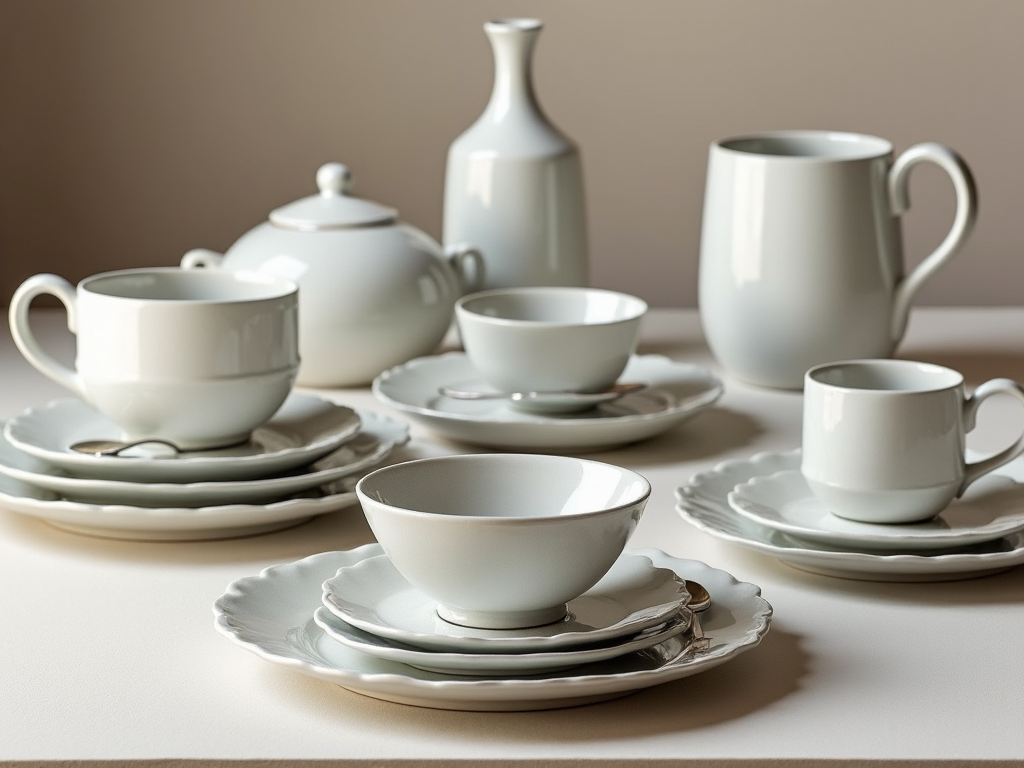Quick facts
Can't find the answer you're looking for? Please get in touch with our friendly team.
What are the 4 types of plates?
The four types of tectonic plates are: 1) Continental plates, which carry land; 2) Oceanic plates, which are beneath oceans; 3) Divergent plates, where plates move apart; and 4) Convergent plates, where plates push against each other.
Category Overview
Introduction
Plates are essential components of every home, serving both functional and aesthetic purposes. They facilitate dining experiences, enhancing the way we enjoy our meals while bringing comfort and elegance to our tables. As a key element in your kitchenware, plates not only provide utility but also reflect your personal style, turning ordinary meals into delightful moments.
Functionality
The primary function of plates is to serve food—whether it’s for family dinners, casual lunches, or festive gatherings. You’ll find plates used in various contexts: from dinner plates in the dining room to decorative serving platters in the living area or outdoor gatherings. Some modern variants even offer unique features like stackability for easy storage or dishwasher-safe designs for effortless cleanup, making them suitable for everyday use or special occasions.
Design & Style
Plate designs come in a myriad of styles and materials including ceramic, porcelain, glass, and melamine. Common design variations range from rustic stoneware perfect for farmhouse aesthetics to sleek white porcelain ideal for minimalistic settings. Personalized options abound; you can choose hand-painted designs or monogrammed pieces that accentuate your unique decor theme while seamlessly integrating into existing setups—be it contemporary elegance or cozy vintage charm.
Practical Considerations
When selecting the right plates for your home, consider factors like room size and lifestyle needs. A small household may benefit from versatile sets that include both dinner and salad plates without cluttering storage spaces. Durability is crucial—if you have kids or host frequently, opt for thicker materials that withstand daily wear and tear while still looking stylish. Common mistakes include overspending on high-end options that aren’t practical for everyday use; prioritize functionality alongside aesthetics to maximize value.
Comparison and Alternatives
When choosing between materials like ceramic vs. glass plates, weigh their pros and cons: ceramics often provide better insulation but can chip easily; glass is elegant but may be less durable under heavy use. Round versus rectangular shapes can also influence your choice—round plates work well when stacking is necessary while rectangular options offer a modern twist on traditional dining styles.
Trends and Popular Items
Current trends indicate a rise in eclectic plate collections featuring bold patterns or vibrant colors inspired by global cuisines. Look out for customer favorites such as hand-thrown pottery dishes reflecting artisanal craftsmanship or eco-friendly sets made from sustainable materials gaining popularity among conscious consumers seeking stylish yet responsible choices. Embrace the versatility of plates as they play a pivotal role in enhancing both culinary presentations and your home’s aesthetic appeal!


